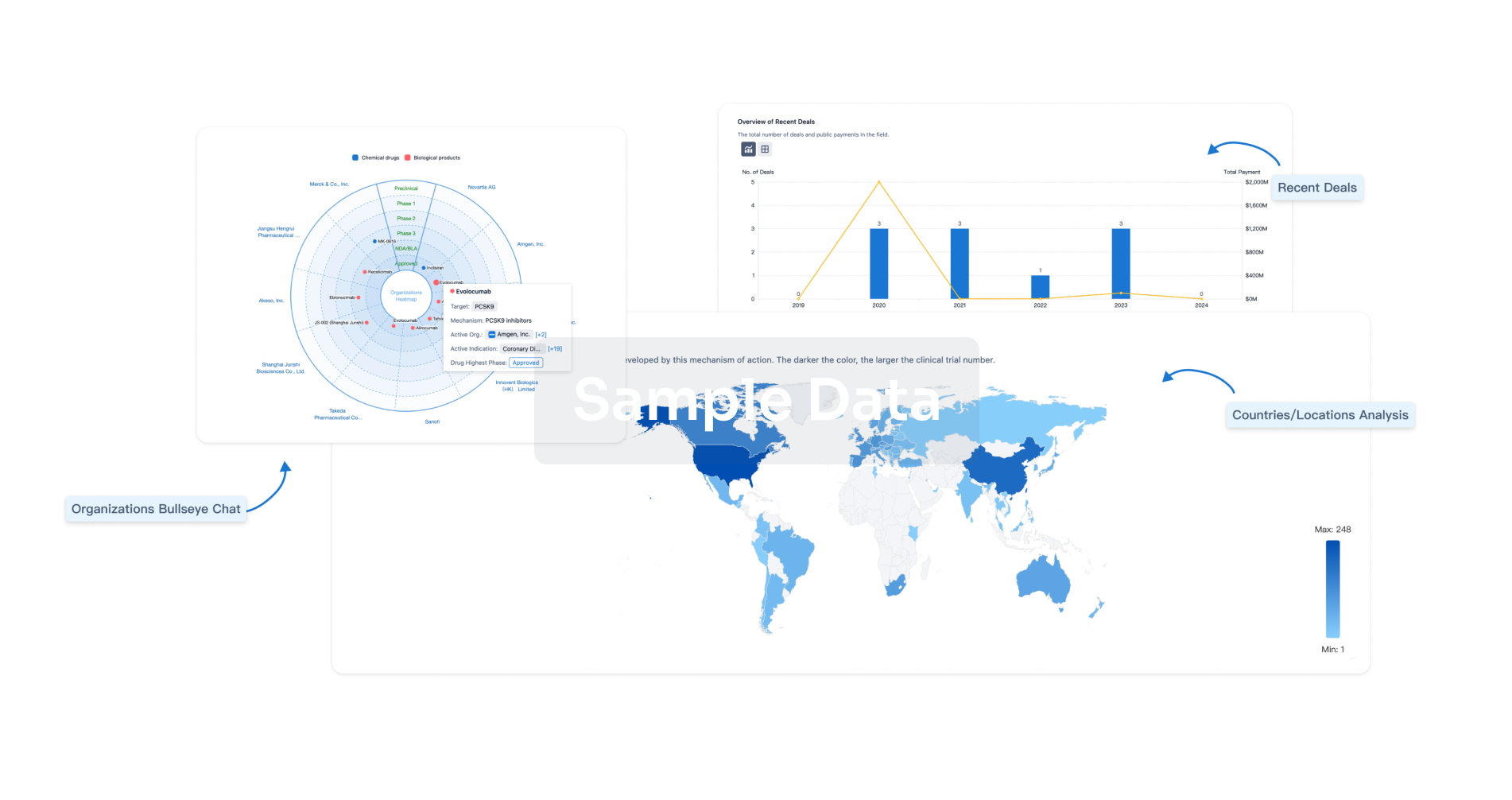Request Demo
Last update 08 May 2025
GluK5
Last update 08 May 2025
Basic Info
Synonyms EAA2, Excitatory amino acid receptor 2, GluK5 + [7] |
Introduction Ionotropic glutamate receptor that functions as a cation-permeable ligand-gated ion channel, gated by L-glutamate and the glutamatergic agonist kainic acid. Cannot form functional channels on its own and produces channel activity only in heteromeric assembly with GRIK1 and GRIK2 subunits (PubMed:1321949, PubMed:14511640, PubMed:8730589). Can form functional heteromeric receptors with GRIK3 (By similarity). |
Analysis
Perform a panoramic analysis of this field.
login
or

AI Agents Built for Biopharma Breakthroughs
Accelerate discovery. Empower decisions. Transform outcomes.
Get started for free today!
Accelerate Strategic R&D decision making with Synapse, PatSnap’s AI-powered Connected Innovation Intelligence Platform Built for Life Sciences Professionals.
Start your data trial now!
Synapse data is also accessible to external entities via APIs or data packages. Empower better decisions with the latest in pharmaceutical intelligence.
Bio
Bio Sequences Search & Analysis
Sign up for free
Chemical
Chemical Structures Search & Analysis
Sign up for free


